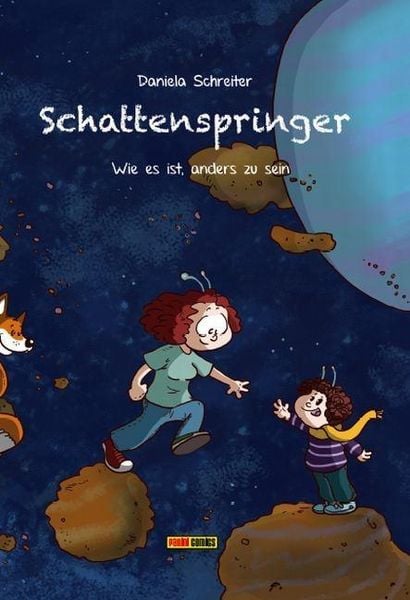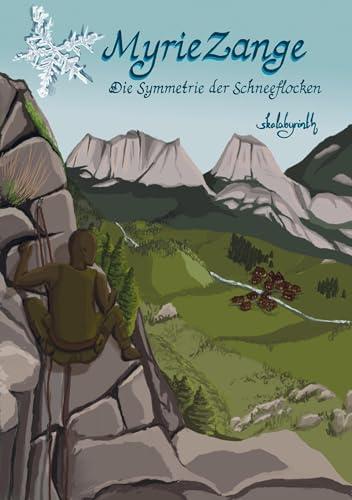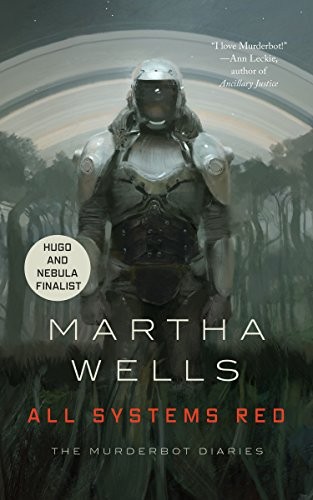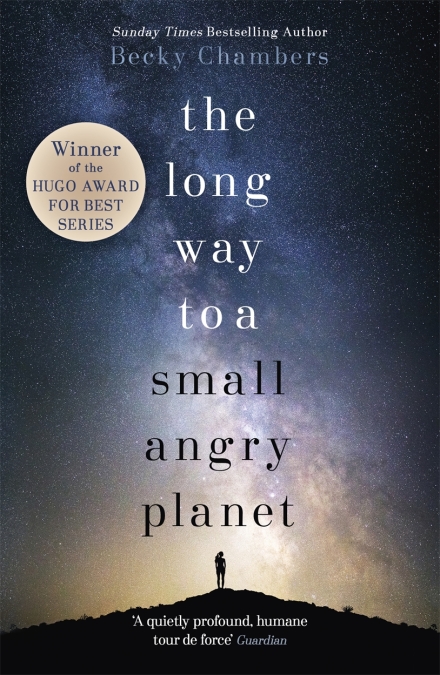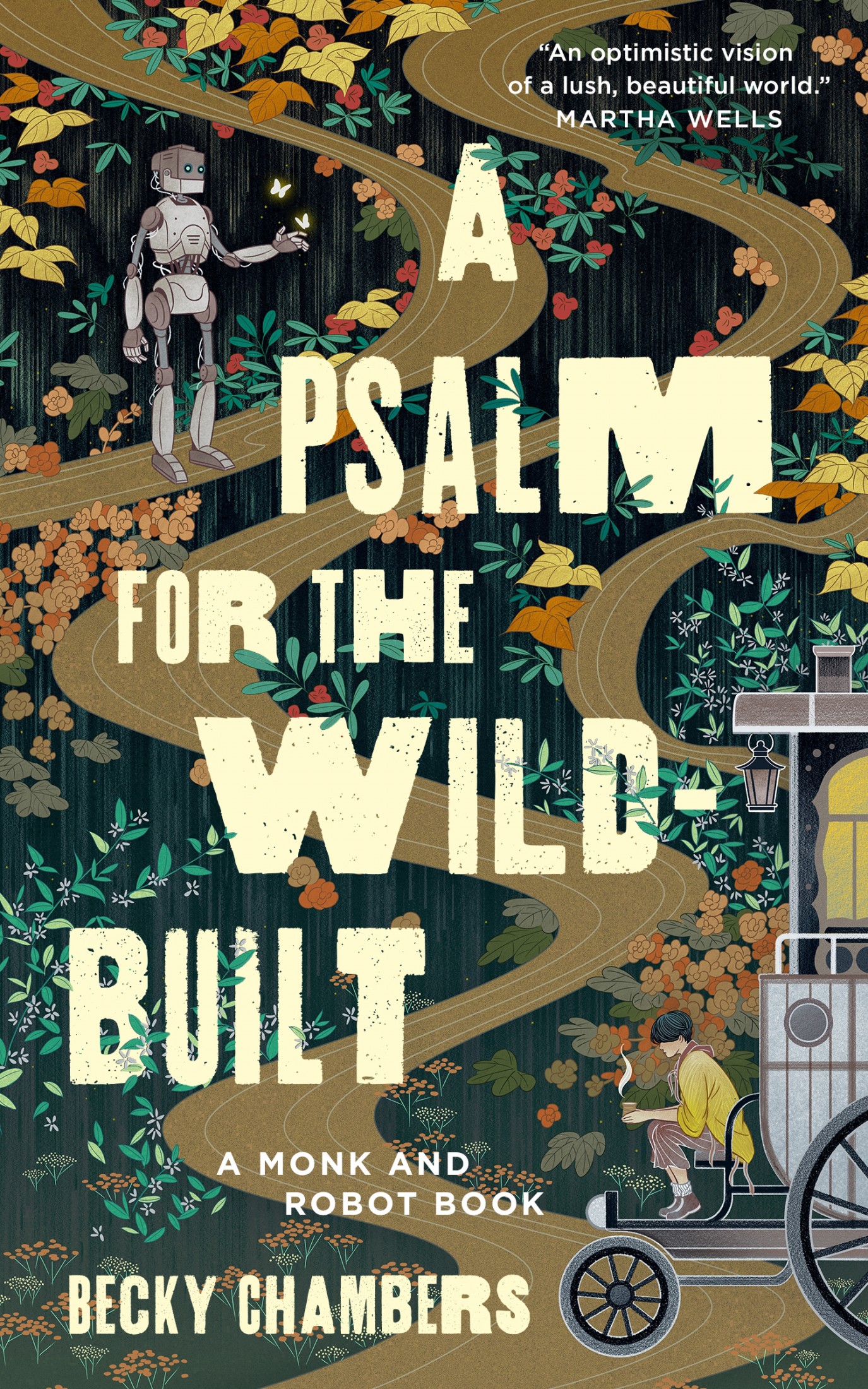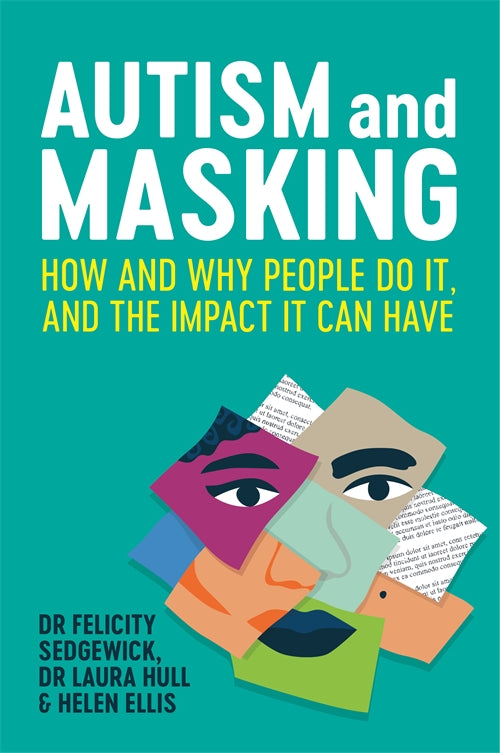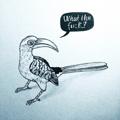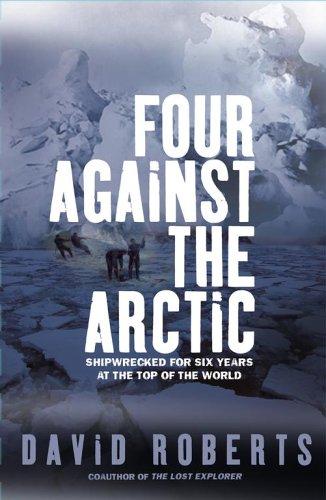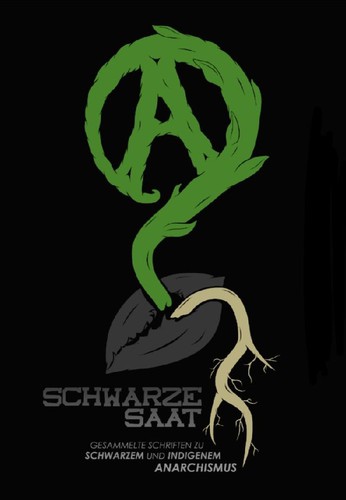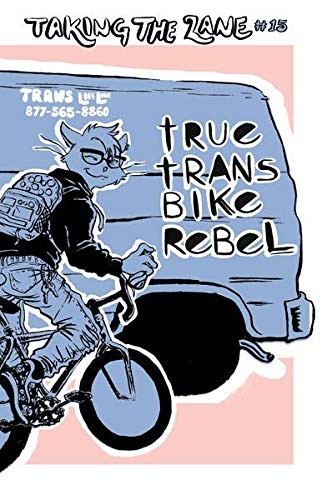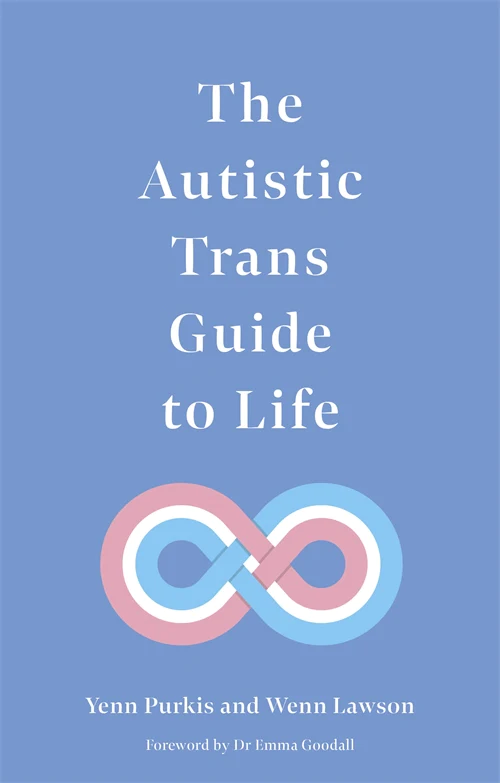I visited Svalbard (Spitsbergen) this year. While we were standing next to our snow mobiles in the middle of nowhere, trying to spot some polar bears the guide mentioned that back in 1749 four russian sailors were stranded on a nearby island with only a knife, an axe, some flour and a rifle with a handful of bullets. Their ship was destroyed and all their crew mates gone. Somehow they managed to build basic weapons, fixed an old hut and overwintered (the whole of the polar night!). They had to keep the fire going all the time because they had no tinder to light a new one. Constantly they were in danger of being attacked by polar bears. 6 years (!!) an 3 months later another ship passed by and finally they were rescued. I immediately started searching for more information on this story and found this book. The author …
User Profile
mostly reading (very slowly) about anarchism, bread, neurodiversity, sometimes sci-fi
it/they/she, aphantastic system, not a person
(Avatar: reading emoji from Volpeon's Neofox emojis)
This link opens in a pop-up window
slowly reading moss&'s books
User Activity
RSS feed Back
What a story!
4 stars
I visited Svalbard (Spitsbergen) this year. While we were standing next to our snow mobiles in the middle of nowhere, trying to spot some polar bears the guide mentioned that back in 1749 four russian sailors were stranded on a nearby island with only a knife, an axe, some flour and a rifle with a handful of bullets. Their ship was destroyed and all their crew mates gone. Somehow they managed to build basic weapons, fixed an old hut and overwintered (the whole of the polar night!). They had to keep the fire going all the time because they had no tinder to light a new one. Constantly they were in danger of being attacked by polar bears. 6 years (!!) an 3 months later another ship passed by and finally they were rescued. I immediately started searching for more information on this story and found this book. The author goes on a wild goose chase to find out more about the story and then even sets out to Svalbard to try and find the hut. It's a great book, I enjoyed it very much. Probably because of the story that its about. The author seemed a bit full of himself sometimes, first talking trash about the author of his primary source (Le Roy, who interviewed the sailors at the time), next about the guide they hired and such. Also he keeps sitting in Paris and Moscow cafes appreciating the beautiful women. Eye roll but ok. On the last pages though I finally had enough when he tries to draw a moral conclusion (which he criticised before in other authors) and then writes "Yes, later, in the Neolithic, all over the world men had independently invented the bow and arrow, just as women had learned to make pots and lamps from clay." He was probably there to witness what happened exactly. It's still worth reading though! Anyways, I discovered the original source by Le Roy is on Archive.org (its in german): archive.org/details/bub_gb_-kxCAAAAcAAJ/mode/2up
slowly reading moss& wants to read Schwarze Saat by Elany
slowly reading moss& started reading Laziness Does Not Exist by Devon Price
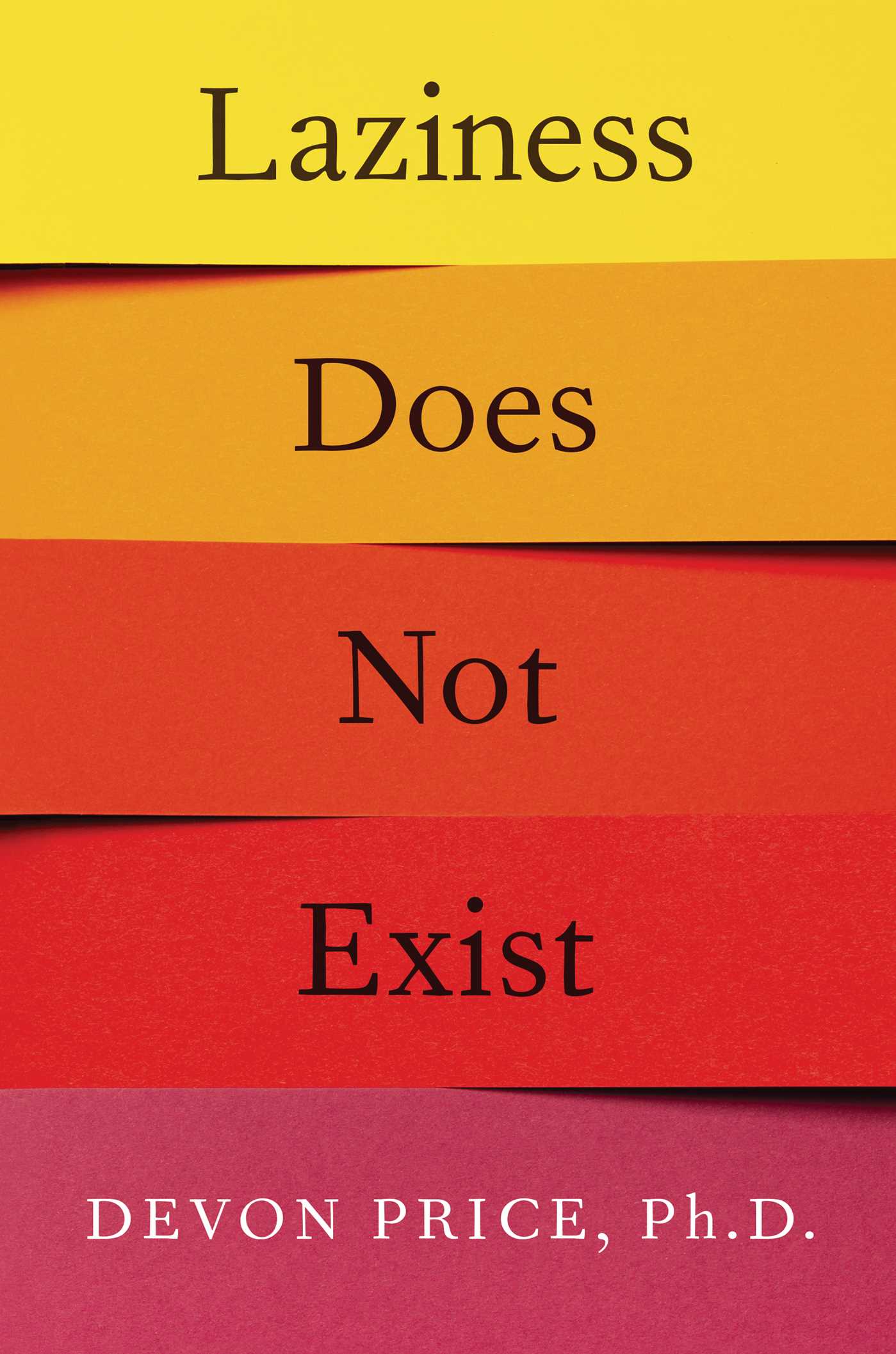
Laziness Does Not Exist by Devon Price
From social psychologist Dr. Devon Price, a conversational, stirring call to “a better, more human way to live” (Cal Newport, …
slowly reading moss& quoted Unmasking Autism by Devon Price
Autism Terminology / Common Dos and Don’ts
Use: Autistic person, Autist, Autistic, On the Autism spectrum Avoid: Person with Autism
Use: Is Autistic Avoid: Identifies as having autism
Use: Is disabled, Has a disability Avoid: “Special needs”, “Differently abled”, “Handi-capable”
Use: Neurotypical (NT), Allistic, Non-Autistic Avoid: Normal
Use: Has high support needs, Has low support needs Avoid: Low functioning, High functioning
Use: Masked Autism Avoid: Female Autism, Asperger’s, High-functioning Autism
Use: Nonverbal, Loses speech Avoid: Mute, Dumb
Use: Intellectually disabled, Developmentally disabled Avoid: R*tarded, Stupid, “Special”
Use: Direct language about what a person can or can’t do, and what kind of support they need Avoid: Euphemisms, language that minimizes challenges, language that belittles or condescends
— Unmasking Autism by Devon Price (16%)
I wasn't aware of the negative connotation of "mute", and I even used it for myself a couple of times (when "non-verbal" would probably have been a better word choice)
slowly reading moss& reviewed Unmasking Autism by Devon Price
A book I wish it would be translated into > 50 languages
5 stars
Radical and intriguing, this isn't the common book about Autism that you find in bookshelves, especially not written in languages other than English. This groundbreaking book, written by an Autistic and transgender author, is all about those hidden, 'masked' Autistics, especially from intersectionally marginalised populations, like Black, trans, women and other marginalised genders, and people with other disabilities on top.
Dr. Price takes a radical approach of harm reduction and social justice, identifying how much harm the ableist & capitalist society inflicts on Autistics (and on other neuro-divergent and disabled people, but really on everyone), forcing them into obscuring their disabilities, so that they can conform to 'normality' and function in an alienating, industrial society that punishes our quirks. The book helps neurodivergent people identifying their disability (seen from the social model of disability), and guides neuro-divergent people how they can actualise their own identity and identity their own values …
Radical and intriguing, this isn't the common book about Autism that you find in bookshelves, especially not written in languages other than English. This groundbreaking book, written by an Autistic and transgender author, is all about those hidden, 'masked' Autistics, especially from intersectionally marginalised populations, like Black, trans, women and other marginalised genders, and people with other disabilities on top.
Dr. Price takes a radical approach of harm reduction and social justice, identifying how much harm the ableist & capitalist society inflicts on Autistics (and on other neuro-divergent and disabled people, but really on everyone), forcing them into obscuring their disabilities, so that they can conform to 'normality' and function in an alienating, industrial society that punishes our quirks. The book helps neurodivergent people identifying their disability (seen from the social model of disability), and guides neuro-divergent people how they can actualise their own identity and identity their own values and worthiness. Because society often does not permit this, the book also aims to change society itself.
Throughout the book, we are guided through Heather R. Morgan's Values-Based Integration Process, which I still want to go through, especially as I am about to start a new chapter in my own life.
The only thing I really do not like about the book is that it is only available in English. There are huge knowledge gaps and language barriers when it comes to #ActuallyAustic, as lot of great resources on Autism written by Autistic authors are only available in English. As a consequence, a lot of stereotypes about (especially masked) autism still persist. I think translations of this and similar books could really counter them.
Books written from the perspective of intersectionally are very valuable. Personally, I really enjoyed that the author is transgender himself, and there are a lot of things I could personally identify with in his story and in the stories of the diverse set of interviewed Autistics.
slowly reading moss& finished reading Unmasking Autism by Devon Price
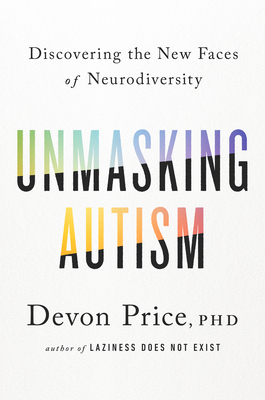
Unmasking Autism by Devon Price
A deep dive into the spectrum of Autistic experience and the phenomenon of masked Autism, giving individuals the tools to …
slowly reading moss& wants to read The Left Hand of Darkness by Ursula K. Le Guin (Hainish Cycle, #4)
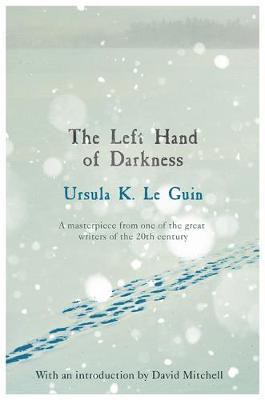
The Left Hand of Darkness by Ursula K. Le Guin (Hainish Cycle, #4)
Comment by Kim Stanley Robinson, on The Guardian's website: The Left Hand of Darkness by Ursula K Le Guin …
slowly reading moss& set a goal to read 3 books in 2024
slowly reading moss& wants to read Laziness Does Not Exist by Devon Price
Goblin finished reading True Trans Bike Rebel by Elly Blue (Taking The Lane, #15)
Taking the Lane is a feminist bike zine. #15 is all about bicycles and being trans, two of my hobbies. Good stuff.
reading crustacean wants to read Die Angst kam erst danach by Ingrid Strobl (Die Frau in der Gesellschaft)

Die Angst kam erst danach by Ingrid Strobl (Die Frau in der Gesellschaft)
Von der Rettung jüdischer Kinder bis zur »Liquidierung« von Gestapospitzeln, von der Herstellung falscher Papiere bis zum Transport von Waffen …
slowly reading moss& finished reading Autistic Trans Guide to Life by Yenn Purkis
pdotb reviewed Unmasking Autism by Devon Price
Good discussion of masking
4 stars
I suspect this is another book that I need to re-read in the near future to really get the most out of. Lots of good stuff about masking and unmasking, the mental consequences therein, the implications for friendships and relationships, and a good nod in the direction of the social constructs that make masking necessary and may make unmasking really difficult.
slowly reading moss& quoted Unmasking Autism by Devon Price
Autism Terminology / Common Dos and Don’ts
Use: Autistic person, Autist, Autistic, On the Autism spectrum Avoid: Person with Autism
Use: Is Autistic Avoid: Identifies as having autism
Use: Is disabled, Has a disability Avoid: “Special needs”, “Differently abled”, “Handi-capable”
Use: Neurotypical (NT), Allistic, Non-Autistic Avoid: Normal
Use: Has high support needs, Has low support needs Avoid: Low functioning, High functioning
Use: Masked Autism Avoid: Female Autism, Asperger’s, High-functioning Autism
Use: Nonverbal, Loses speech Avoid: Mute, Dumb
Use: Intellectually disabled, Developmentally disabled Avoid: R*tarded, Stupid, “Special”
Use: Direct language about what a person can or can’t do, and what kind of support they need Avoid: Euphemisms, language that minimizes challenges, language that belittles or condescends
— Unmasking Autism by Devon Price (16%)
I wasn't aware of the negative connotation of "mute", and I even used it for myself a couple of times (when "non-verbal" would probably have been a better word choice)
